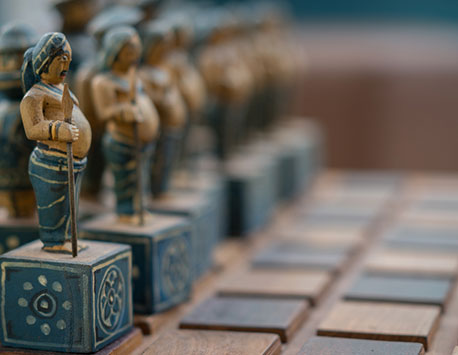

To truly ascertain the origins of tea, one must first traverse the history of tea.
Tea is often thought of as being a quintessentially British drink, and we have been drinking it for over 350 years. But in fact, the history of tea goes much further back.
The tale of tea spreads across multiple cultures over thousands of years. Originating from southwest China, likely the Yunnan region during the Shang dynasty as a medicinal drink, the earliest credible mention/ record of tea drinking dates to the 3rd century AD. It was under the Tang dynasty (618-906 AD), that tea became firmly established as the national drink of China. With the popularity of tea, Lu Yu wrote the first book entirely about tea, “the Ch’a Ching”, or Tea Classic. It was shortly after the release and popularity of this book that tea was introduced to Japan, by Japanese Buddhist monks who had travelled to China for studies.
Since then Tea drinking has become a vital part of Japanese culture, as seen in the development of the Tea Ceremony, which are considered to be rooted in the rituals described in “the Ch’a Ching”.
At this stage in the history of tea, Europe was lagging. It first became known to western civilizations through Portuguese priests and merchants in China during the early 16th century.
These Portuguese were living in the East as traders and missionaries, and continued to bring back samples of tea to their native country, however, it was not the Portuguese who were the first to ship back tea as a commercial import. In fact, it was the Dutch who began the import of Tea to Europe. By the turn of the century they had established a trading post on the island of Java, and it was via Java that in 1606 the first consignment of tea was shipped from China to Holland. Tea soon became a fashionable drink among the Dutch, and from there spread to other countries in continental western Europe, but because of its high price it remained a drink for the wealthy.
This followed with tea’s introduction to Britain in the 1600s, with the British East India Company having a monopoly on importing goods from outside Europe, and it was very likely that sailors on these ships brought tea home as gifts. Through advertising efforts and the sale of tea at coffee houses, drinking tea became popular in Britain during the 17th century. It was from here that the British introduced tea production and consumption, to nation’s such as Sri Lanka and India, in order to compete with the Chinese monopoly on tea during its origins.
It was hereafter that we saw the rise of Ceylon Tea (Sri Lankan tea) around the world.

